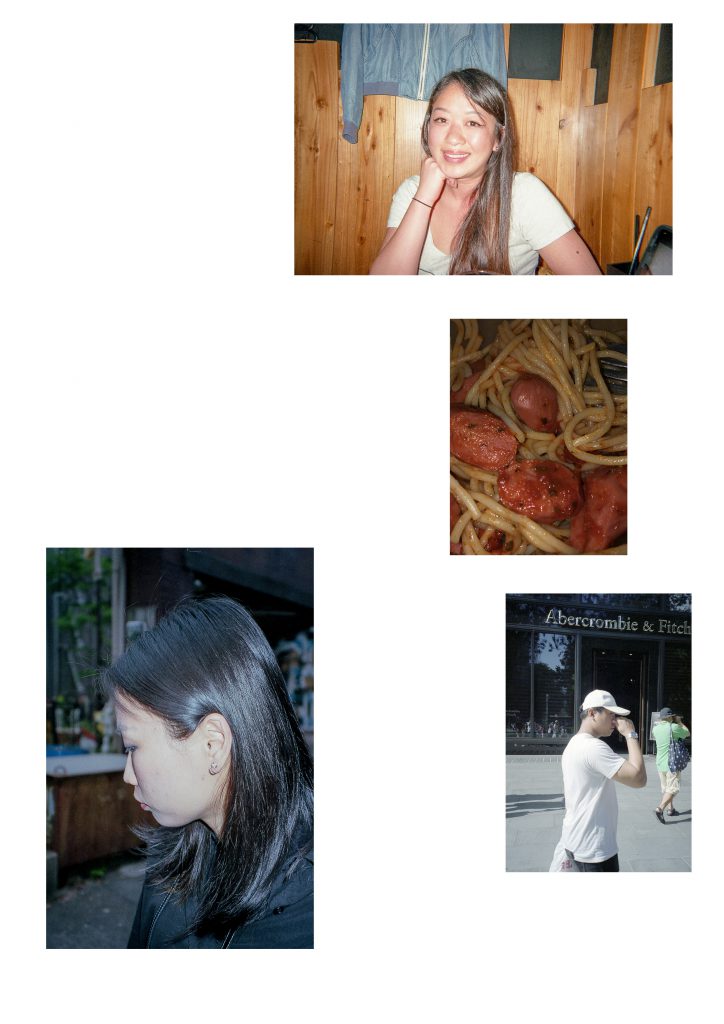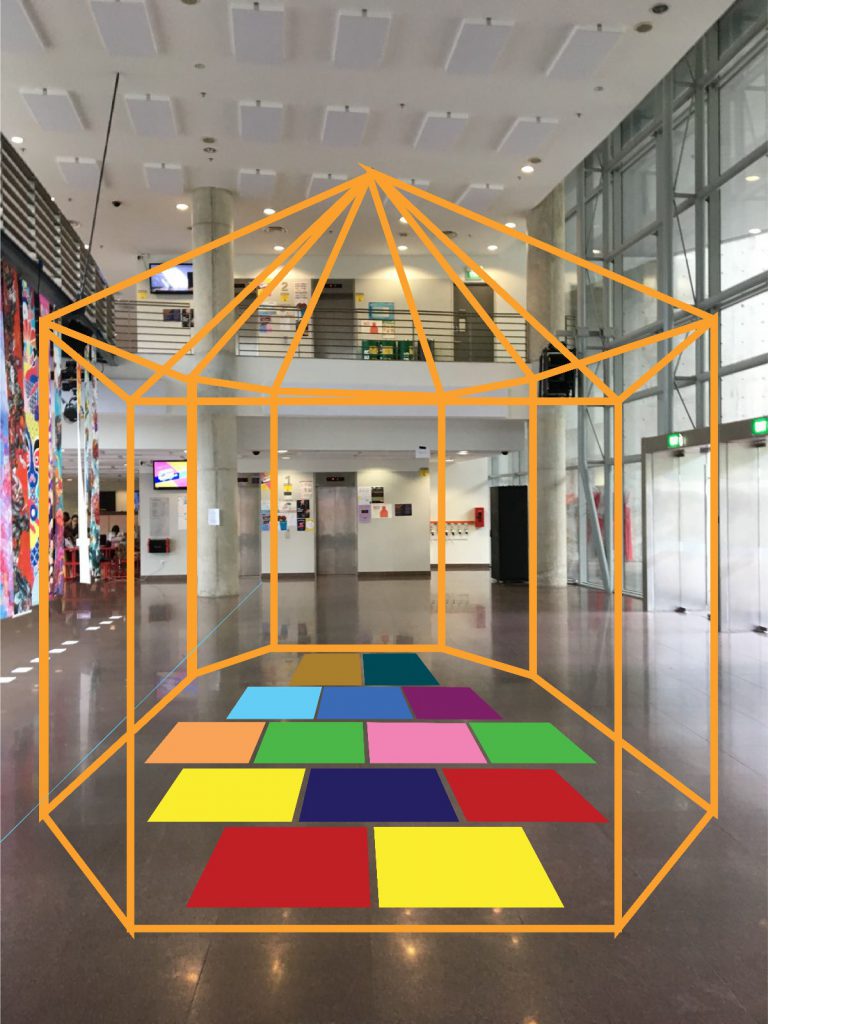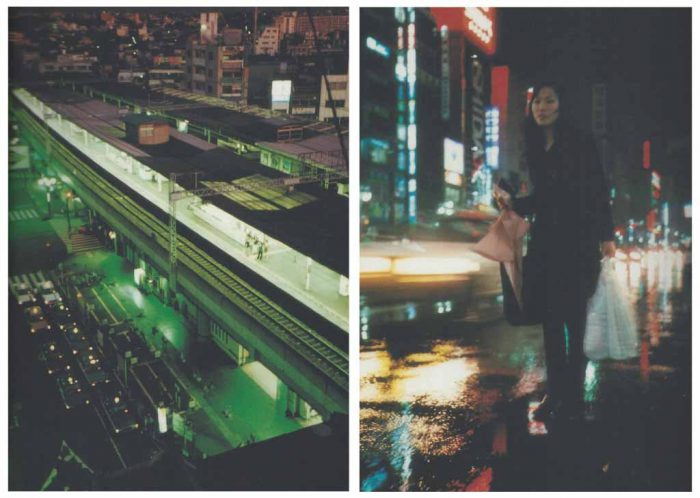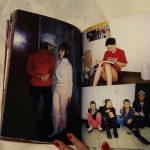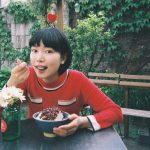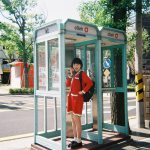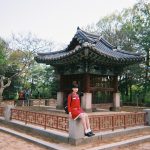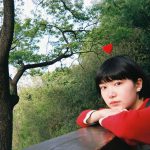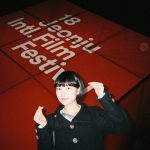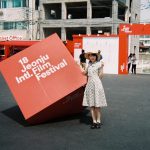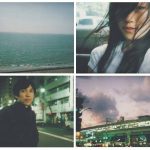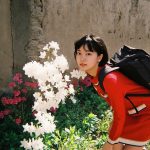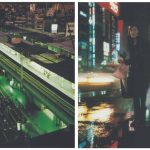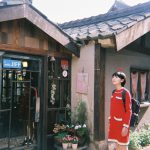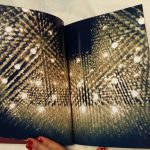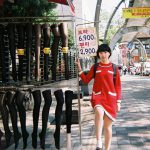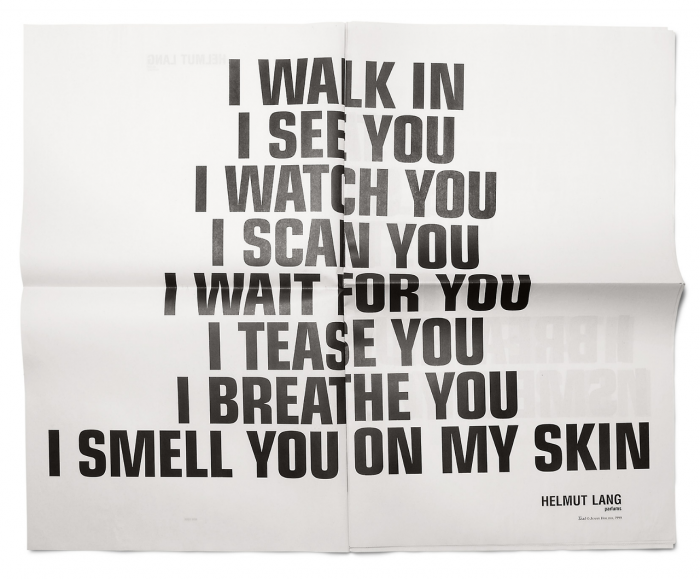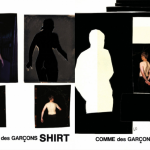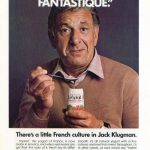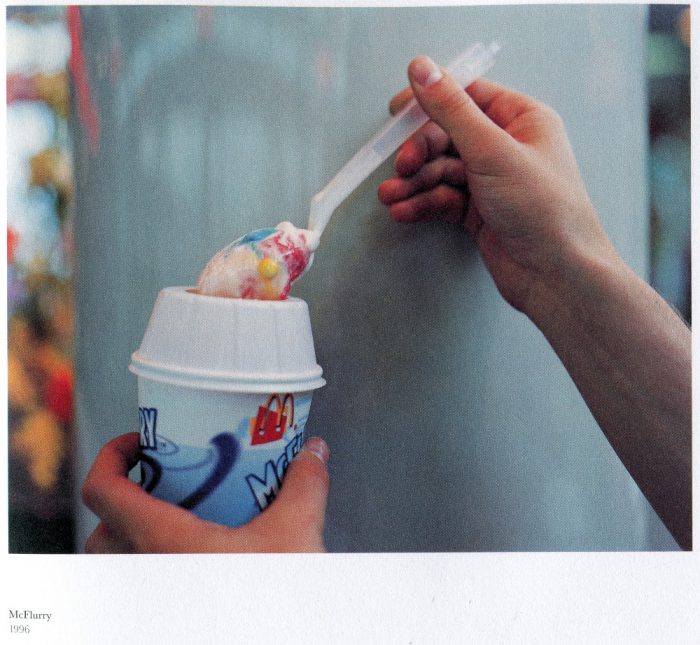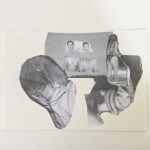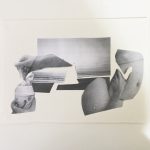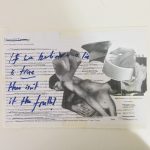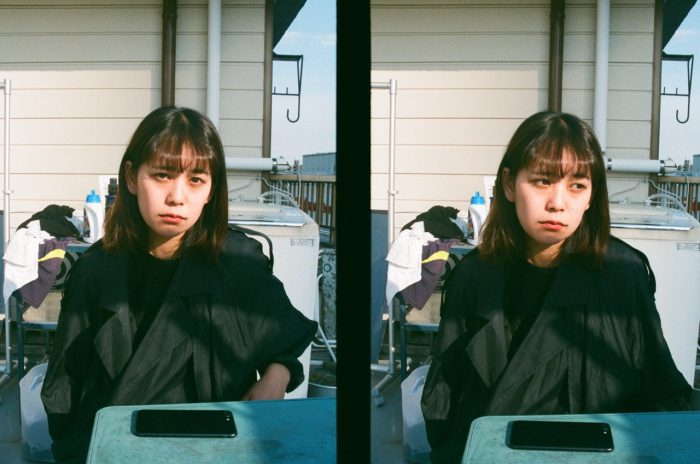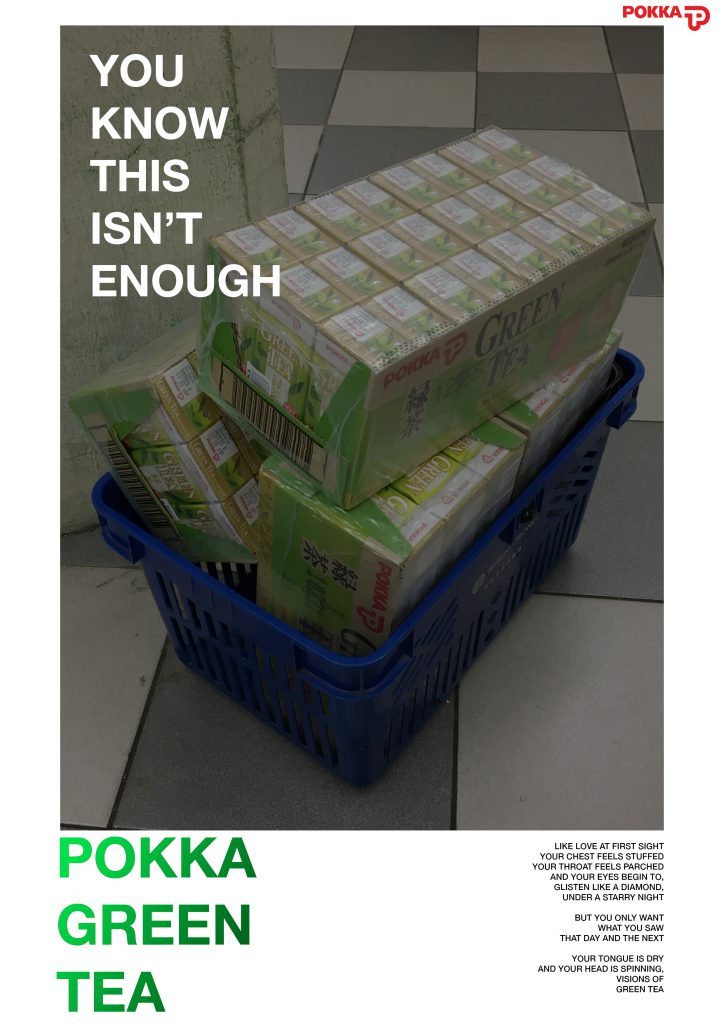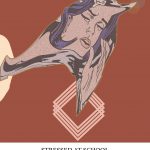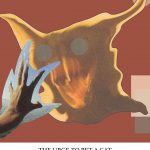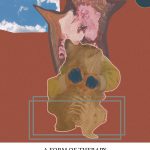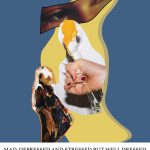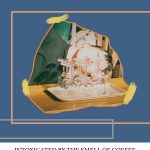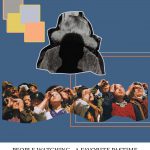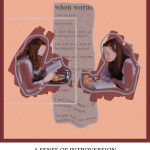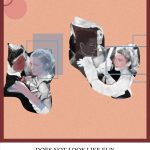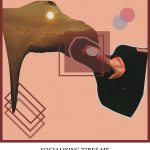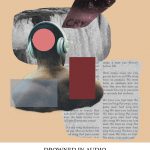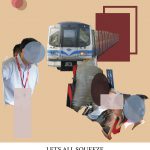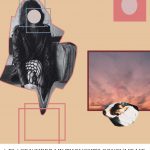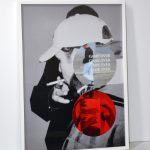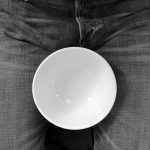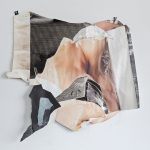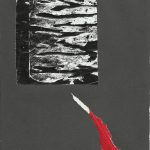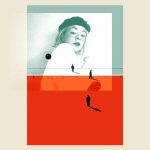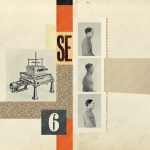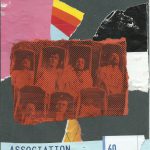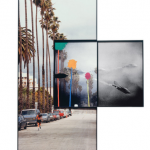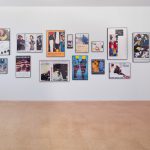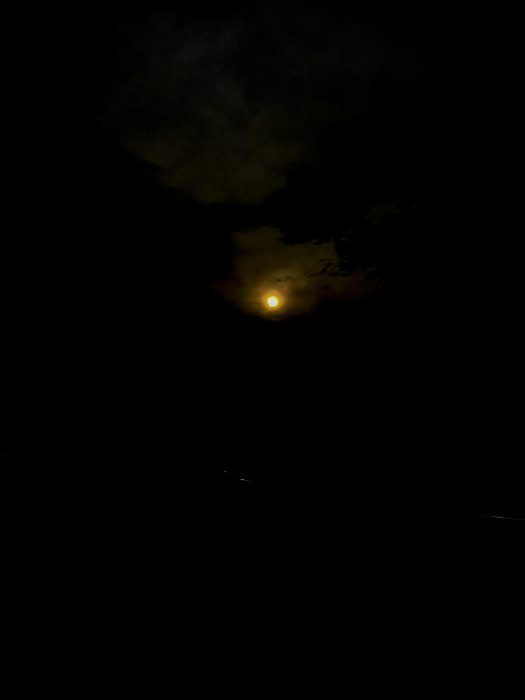
Upon receiving the brief, I wanted to play around with the notions of juxtaposition and create the concept of contradiction and paradox through an autobiographical process.
After the second critique session, I felt that the outcome was not well received. In general, many were confused with the outcome and the overall direction was different in comparison to the rest of my classmates.
Hence, I wanted to use this platform to elaborate on the concept as my body work has evolved more towards the conceptual and my classmates have become more aware of the thought process behind my body of work.
I am interested in the unthematic elements of a paradox. In the most simplest terms, we can view the paradox through the means of a binary. The idea of Black vs White, 0 vs 1 and two opposing elements. In short, the paradox exists to deny the first proposition and yet create truth within it. Still, it reveals the coexistence of two opposing views that is neither false nor true.
My work considers to challenge the element of juxtaposition through an unthematic manner. These are snippets of my life and excerpts are more often than not; incomplete. Like a torn page from a book – you are thrown into a world with no form of context. What you see does not make any sense and yet, you carry that sense of curiosity to know more. But what if you only get to view an excerpt from the page? Stuck between curiosity and disappointment, you then experience the sense of nowness – of the past and yet it is of the present. Of how you currently feel against moments of an emotional past. Would we then be able to fathom this degree of complexity, of this nostalgia of the past mixed into the present?
The juxtapositions are of contrasting elements. These are snapshots of a past life presented in the future. Different types of photographic genres coexist on a plane but I insist it is at its very essence, diaristic and simply snapshots. Each image should not be blatantly contrasting – which would elucidate a simple idea of the binary. No, these images lie within the grey areas. The in-betweens, the feeling of uncertainty; torn between love and hate and when you straddle between the idea of life and death. The most bleak thing I could image is how we live to die.
The snapshots too, create the element of paradox, the idea that these could be your friends and life and yet, you struggle to comprehend the meaning of these images. If each is of his own, then your life is different than mine.
Furthermore, the polaroid placement emulates the awkwardness of grey areas. It’s placement is odd further highlights that sense of awkwardness when attempting to unravel the idea of a paradox. .
The challenge the locality of these images, the polaroids are in a state of non-distinction. A distinctively ‘local’ images of friends and me yet possessing the sense of uncertainty. It straddles with the notion of the unthematic.
This sense of uncertainty merges with the layering of the images, to visualise the logical incoherence, a visual mess; almost akin to paradoxical feelings.
excerpts from my visual notebook
